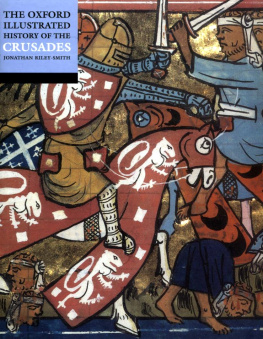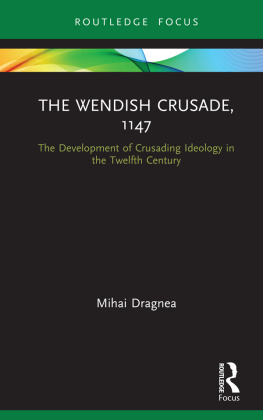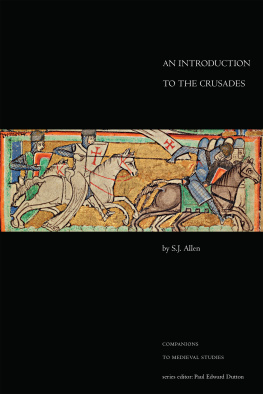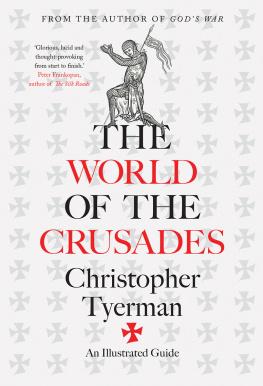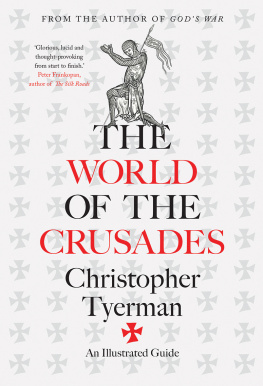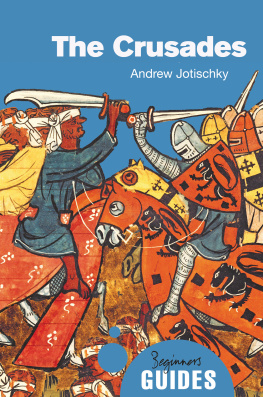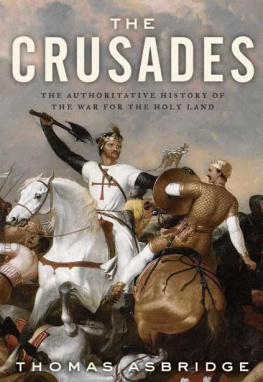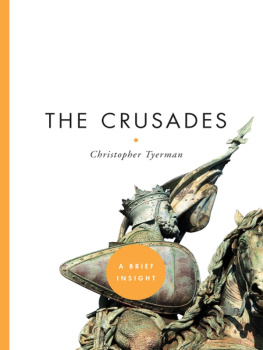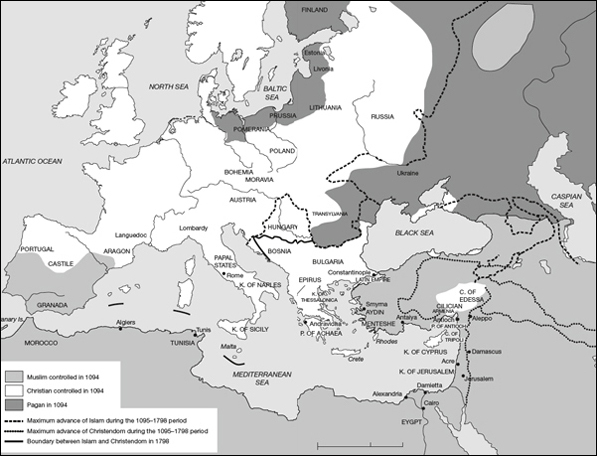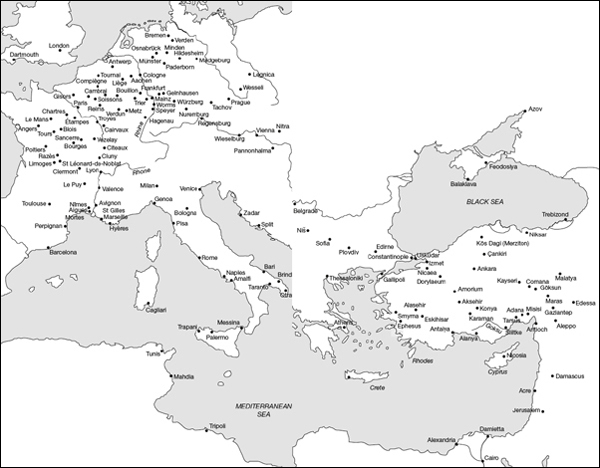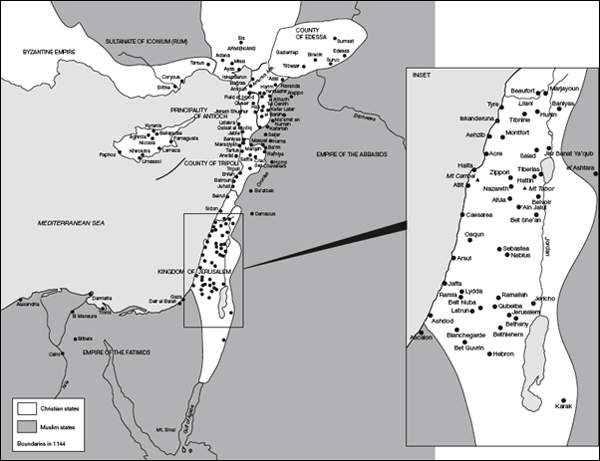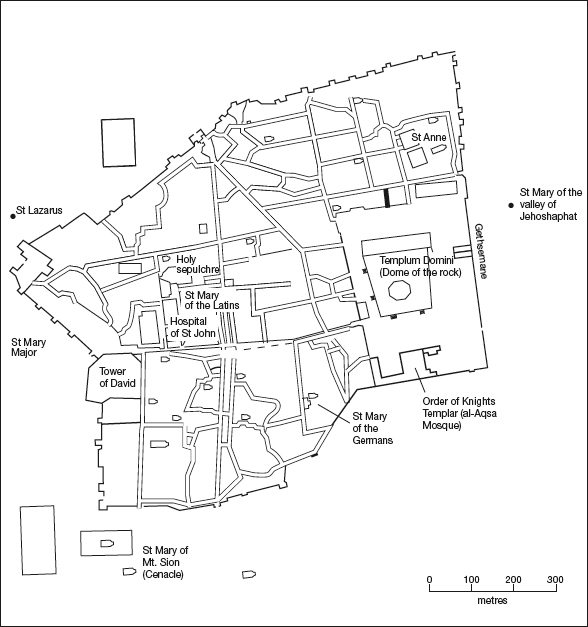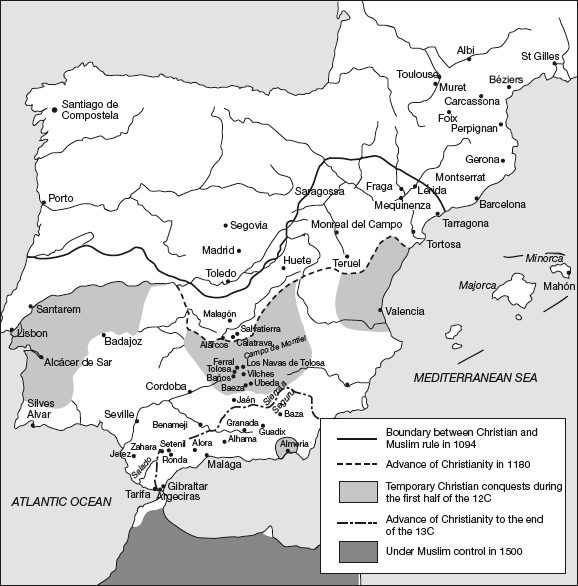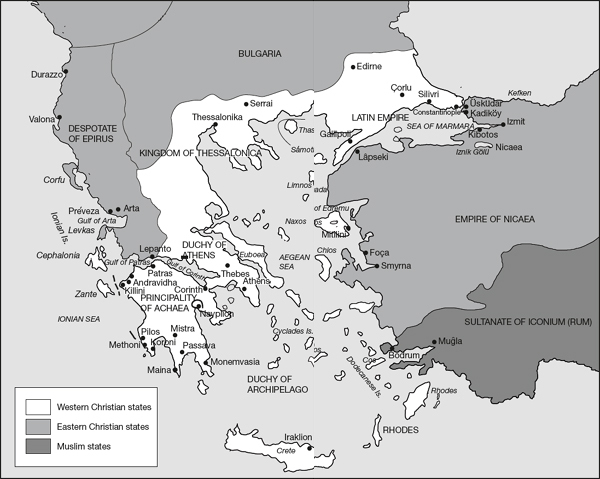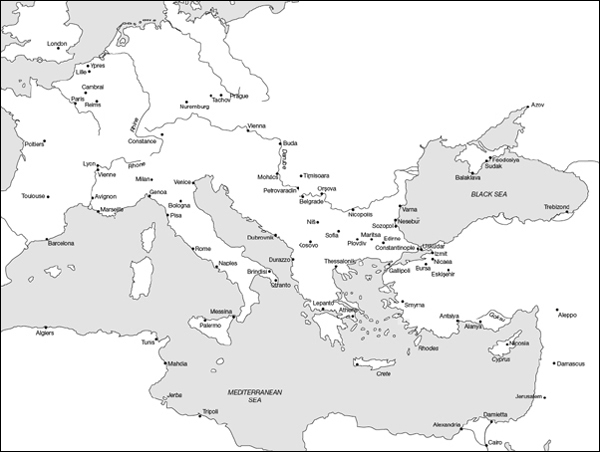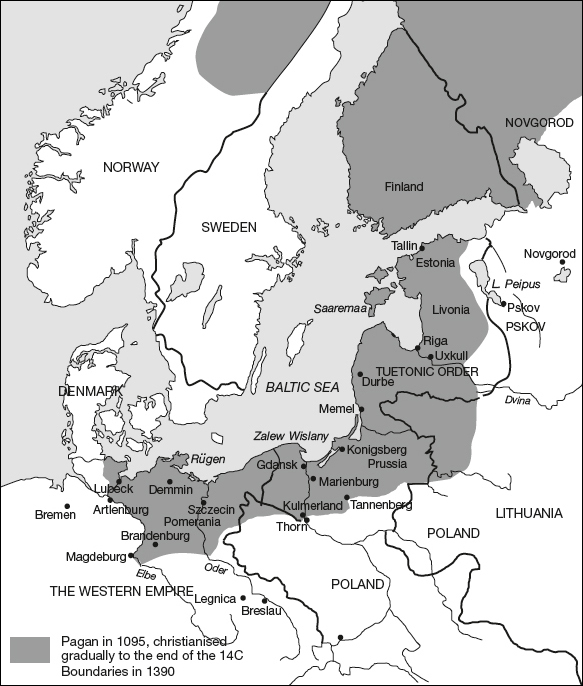The Crusades: A History
The Crusades: A History
Third Edition
Jonathan Riley-Smith
For
Dominie, Hamish, Tristram,
Sebastian and Torquil and in memory of Prosper
Ecce quam bonum et quam iucundum
habitare fratres in unum!
(Psalm 132 (133): 1)
CONTENTS
I have tried to provide as comprehensive a history of the crusades as is possible in a single volume and at the same time satisfy the schools and universities that concentrate their teaching on crusading to the East in the first two centuries of the movement. In the nine years since the second edition was published historians of the subject have benefited from the publication of a fine introduction to crusade historiography, comprehensive and well-produced encyclopaedias of the crusades and the military orders, interesting research on ideas and family memorialization, a challenge to the modern tendency to treat the First Crusade empathetically, histories of the First, Second and Barons Crusades, a scintillating treatment of the Childrens Crusade, new ways of looking at the Baltic Crusades, revisionary work on the fifteenth century, advances in our understanding of the Latin East and the military orders, and the suggestion that crusading extended in some form into the nineteenth century.
That is only a selection of recent offerings and it is worth asking whether the present river of print will run dry. There are some who maintain that the field cannot bear for much longer such a surfeit of new material. It is a fact of historiography that periods of intense effort are followed by decades of near inactivity, in which the advances that have already been made are digested, but there are grounds for thinking that crusade history has still some way to go before it begins to stabilize. The sixteenth, seventeenth and eighteenth centuries remain virtually unexplored. Much is still unknown about crusading in the Baltic Region and the Iberian Peninsula. No one, in spite of all the assertions made in the past, has written a proper economic study of the movement and little has yet been absorbed from the evidence provided by art and vernacular literature.
Historians, like everyone else, are influenced by currents of thought in the world around them. The debates on nuclear defence and proportionality and the establishment of the state of Israel seem to have been among the factors that kick-started revisionary work in the 1950s and 1960s. Two contemporary issues could well have similar effects. The first is the increased use of counter-crusading rhetoric by Islamist jihadis . The jihadis use the words crusade, crusader, crusaderism to describe institutions, peoples and ideas that are barely recognizable to Western scholars, but the employment of such language and the threats that accompany it have made the subject seem much more relevant to the general public. The second is the emergence of a new form of ethical warfare, waged in the name of human rights. For the first time in 2,000 years the criterion of the just cause, which allowed war to be declared only in reaction to injury suffered by one of the parties to a conflict, has been redefined. This revolution in the just-war tradition has been endorsed by the United Nations and the papacy, but it is controversial and could have an invigorating effect on crusade scholarship.
Crusades were fought in many theatres of war and it is no coincidence that some of the regions involved have changed hands several times over the centuries. Many places, therefore, have more than one name. On the assumption that my readers may wish to visit some of the sites, I have followed The Times Atlas of the World (sixth comprehensive edition, 1984) for place-names whenever possible, but I have modified its practice for places too well known to readers of English to change (Gdask rather than Danzig, but Fez not Fs, and Marienburg rather than Malbork). In every case I have included any alternative name in parentheses after the first reference to a location and also in the index.
The Times Atlas adopted a system of transliteration which is used widely in Britain and the United States, but it is not one employed by historians and I decided that it would be confusing if I tried to recast Arabic personal names to agree with it. Arabists will not like the way I use one system of transliteration for places and another for persons, but my chief aim has been to make things as easy as I can for the general reader.
The extended quotations in the text are extracted from the following works: those on pages 20, 325, 98, 138, 140, 1467, 149, 157, 160, 163, 174, 189, 1959 are taken from Louise and Jonathan Riley-Smith, The Crusades: Idea and Reality , 10951274 (1981); that on page 9 is taken from Ronnie Ellenblum, Crusader Castles and Modern Histories , 2007); on pages 912 from Usamah ibn Munqidh, An Arab-Syrian Gentleman and Warrior in the Period of the Crusades , tr. Philip K. Hitti (1929); on page 92 from Rabbi Jacob ben R. Nathaniel ha Cohen, Account, tr. Elkan N. Adler, Jewish Travellers (1930); on page 210 from Christoph Maier, Crusade Propaganda and Ideology (2000); on page 219 from Joinville and Villehardouin. Chronicles of the Crusades , tr. Caroline Smith, 2008); on page 310 from Pius II, Commentaries, in Memoirs of a Renaissance Pope , tr. Florence A. Gragg (abridged edn, 1960); on pages 3346 from Elizabeth Siberry, The New Crusaders: Images of the Crusades in the 19th and Early 20th centuries (2000); on page 342 from Emmanuel Sivan, Modern Arab Historiography of the Crusades, Asian and African Studies , 8 (1972); and on page 343 from Bruce Lawrence and James Howarth, Messages to the World. The Statements of Osama bin Laden (2005).
My son Tobias has again provided space on his computer to hold a backup copy of this text. I would like to thank Michael Brett, Denys Pringle and Edna Stern for their assistance on illustrations and points of detail. It has been a pleasure dealing with Rhodri Mogford of the Bloomsbury Press, who has proved to be easily the most helpful publisher I have met in a very long career. I am also very grateful for the patience and encouragement shown by Giles Herman, also of Bloomsbury, and Kim Storry of Fakenham Prepress Solutions.
J. S. C. R-S
February 2013


